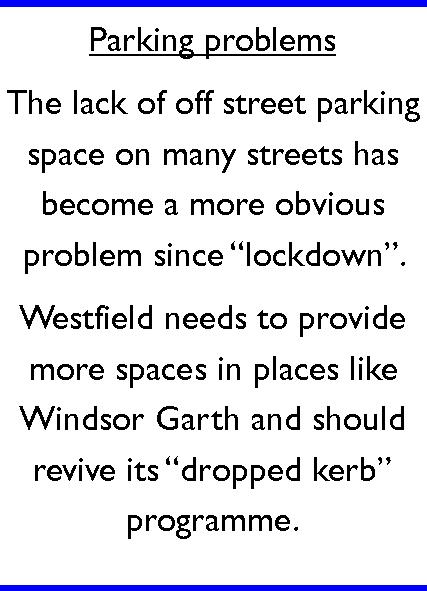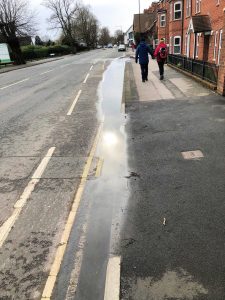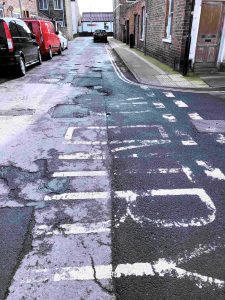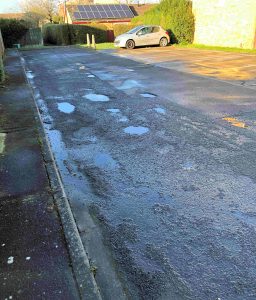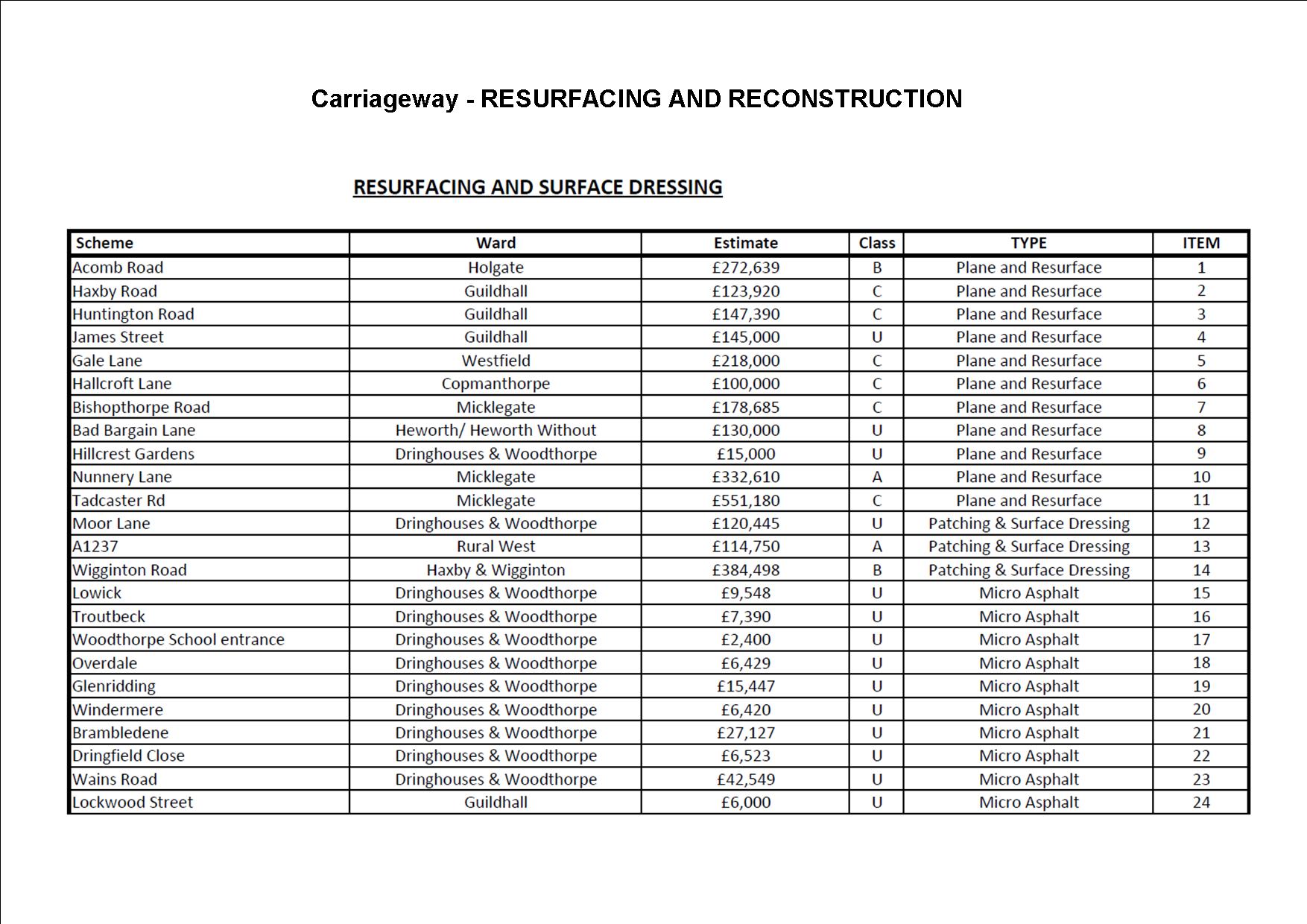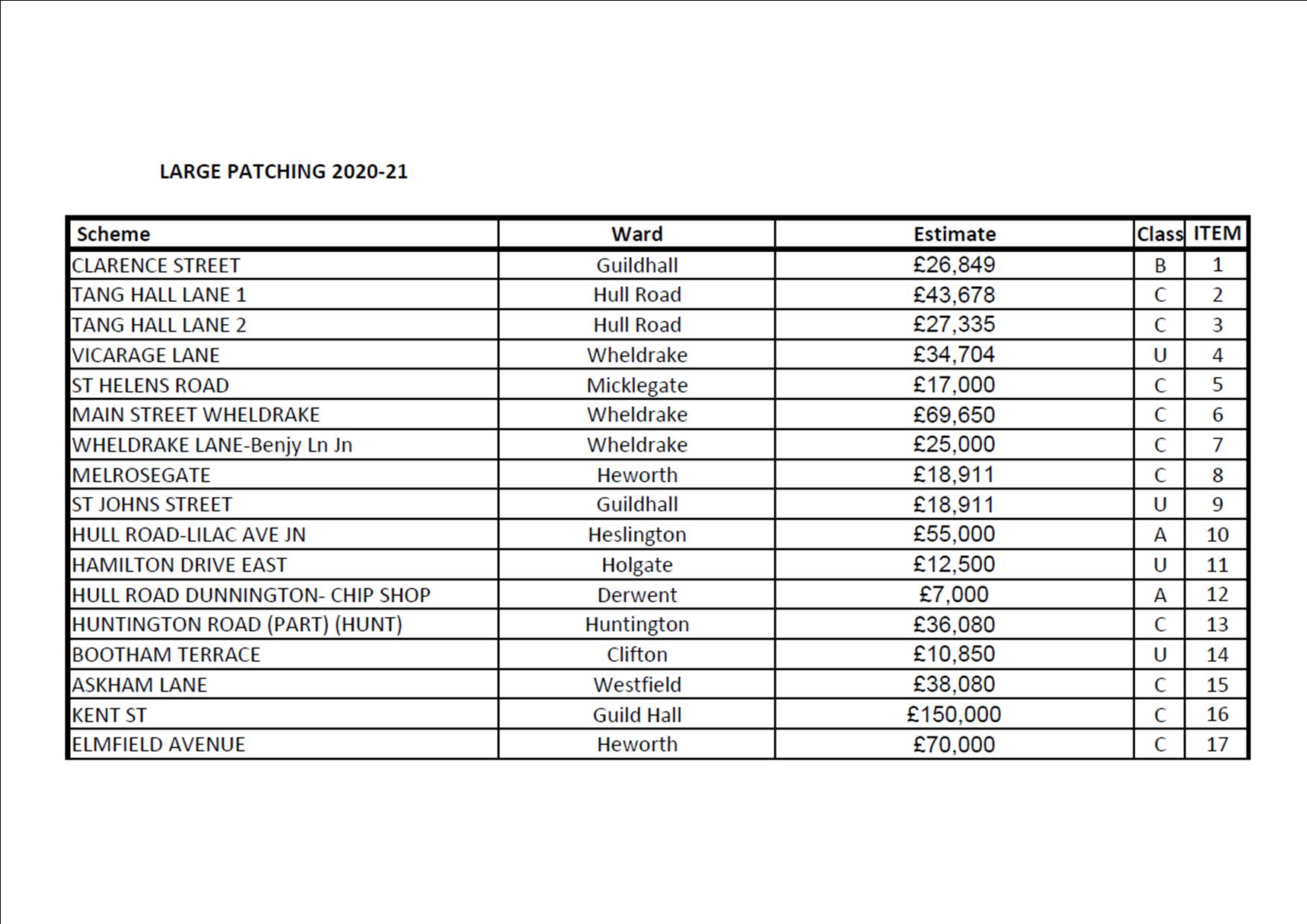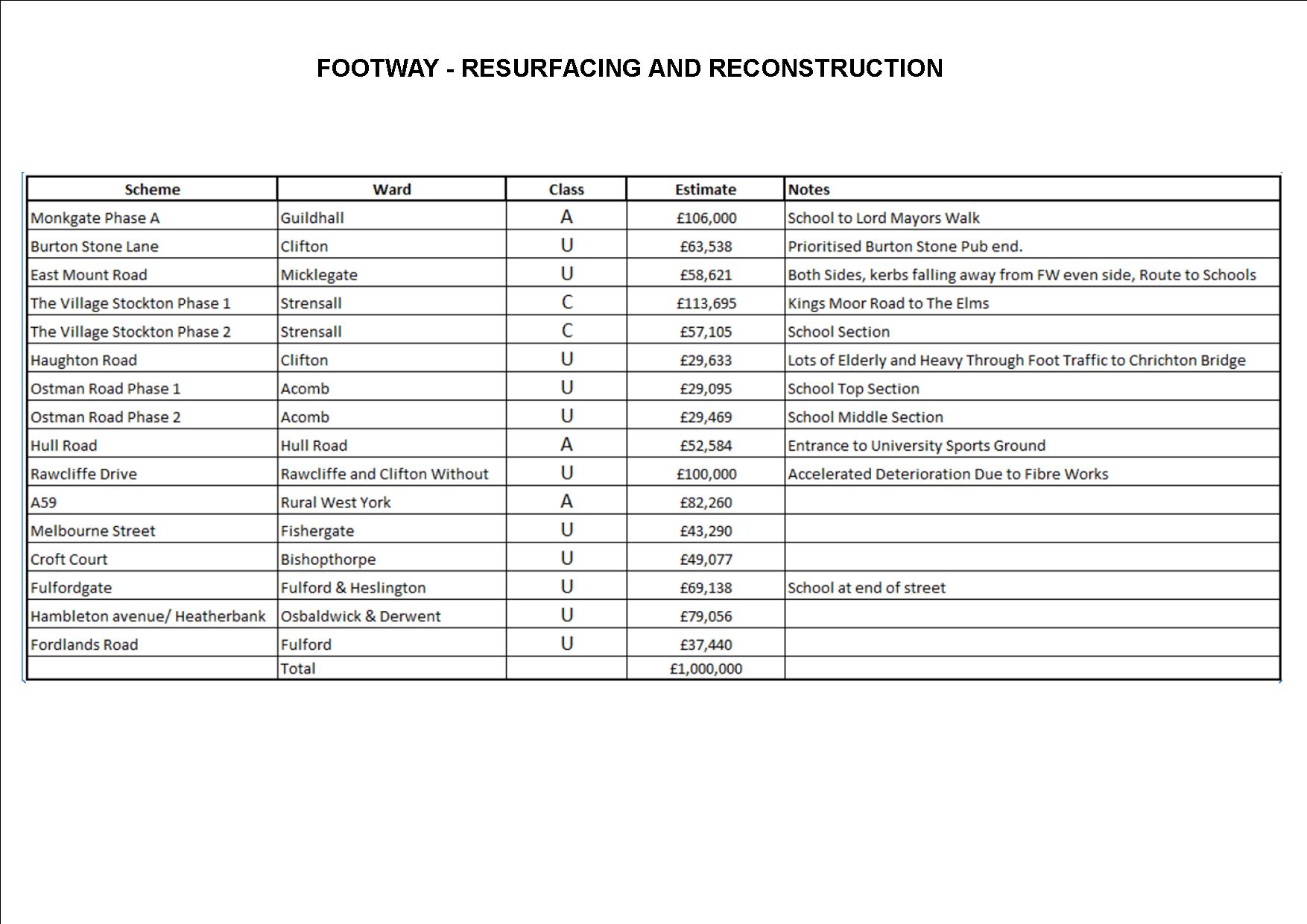City of York Council is providing more safe spaces for residents to walk and cycle during the Coronavirus pandemic.
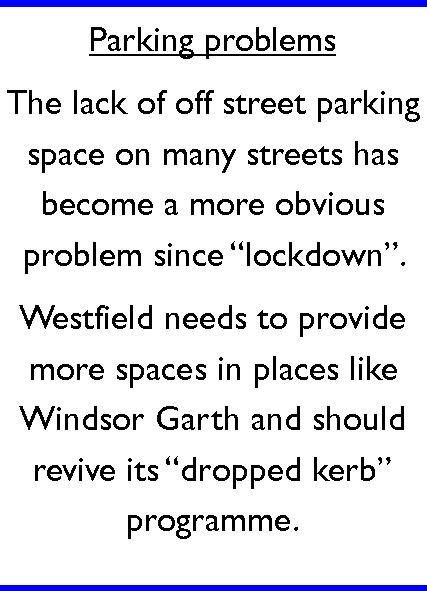
In light of the renewed importance of walking and cycling, it’s recognised that there is an opportunity during this crisis to support walking and cycle routes in the city.
York has been highlighted nationally as one of the best cities whose residents and businesses have most adhered to social distancing [according to data from Google].
Some locations with narrow footpaths or areas where there are queues of people outside shops are making it difficult for some residents to social distance safely though. The council has taken on board this feedback and is making changes, where possible.
Bishopthorpe Road is one example of this where additional space has been provided for pedestrians by widening the footway with cones, with further measures now under active consideration, details of which will be announced shortly.
Another route to benefit includes Castle Mills Bridge. The west bound lane over the bridge has been coned off to enable cyclists to use this dedicated space on the road. This provides an enhanced alternative route to the riverside path over Blue Bridge for cyclists.
Cllr Andy D’Agorne, Executive Member for Transport, said:
We know that our residents are doing what is practically possible to follow the national guidance, which has been designed to keep us all safe and slow the spread of the virus.
“We’re hearing from some residents and local businesses that they are finding it hard to stick to social distance guidelines at certain locations in the city, particularly on some narrow footpaths.
Many residents have been making use of wider areas and waiting to allow others to pass. However, to aid residents, we are looking at how we can help residents in adhering to social distancing guidance. In addition to these immediate measures, council officers are also currently exploring how best to respond to these challenges in the medium to long term, and are identifying opportunities to maintain the health benefits of low traffic and improved air quality in whatever the new normal looks like for communities.”
Road safety advice:
- It’s important that all road users give pedestrians or cyclists plenty of room when passing them
- Motorists should lower their speed and be aware that there is an increase in the number of novice cyclists on York’s roads and pedestrians may move into the road unexpectedly when passing others on the footway
- Cyclists must make sure they check the road and signal their intention to other road users, prior to moving their position on the road
- Cyclists need to create the distance with other road users, including pedestrians. Drivers should be aware that cyclists may pull out into the middle of the road as they pass pedestrians on the footpath
- Pedestrians should take more care to look properly (not just listen), when crossing the road. Just because roads are much quieter, does not mean that there is nothing coming
- Motorists should keep an eye on their speed particularly in areas where there are pedestrians and cyclists and where traffic levels are much lower than normal
- The UK government advice is to stay local and use open spaces near to your home where possible
- Do not travel unnecessarily
- You can still go to the park for outdoor exercise once a day but only by yourself or within your household, not in groups
- You should keep 2 metres apart from others outside your household at all times when outdoors
- Additional advice for commuters, cyclists and pedestrians can be found on the iTravel York website, including details on bus travel and a downloadable cycle/walk map for York
For more general advice is provided by Cycling UK, Sport England and Living Streets


